Good plants?
wexy1000
10 years ago
Related Stories
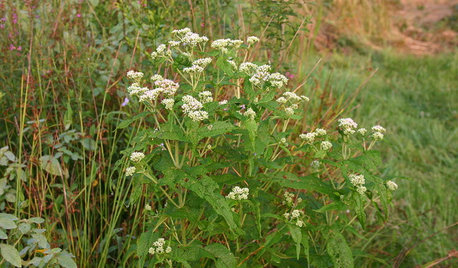
GARDENING GUIDESGreat Design Plant: Common Boneset Helps Good Bugs Thrive
Support bees, moths and butterflies with the nectar of this low-maintenance, versatile and tactile prairie-style plant
Full Story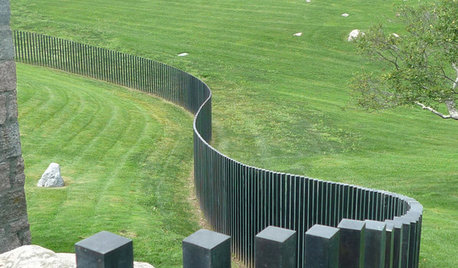
LANDSCAPE DESIGNGood Fences, Good Neighbors — and Good Views
See-through vertical fencing connects a yard with its surroundings while keeping children and pets safely inside
Full Story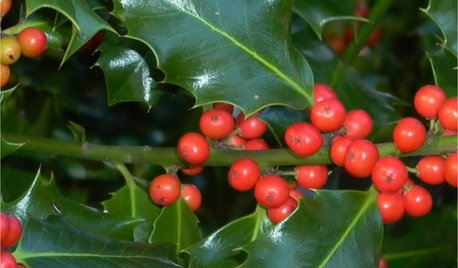
GARDENING GUIDES9 Holly and Ivy Plants for Good Tidings in the Garden
Spread Christmas joy all year round with the gorgeous foliage and bright berries of these evergreen plants
Full Story
NATIVE PLANTS5 Ways to Keep Your Native Plant Garden Looking Good All Year
It’s all about planning ahead, using sustainable practices and accepting plants as living organisms
Full Story
FARM YOUR YARDHow to Get Good Soil for Your Edible Garden
The nutrients in your soil feed the plants that feed you. Here are tips on getting it right — just in time for planting season
Full Story
GROUND COVERSNative Alternatives to English Ivy, Japanese Pachysandra and Periwinkle
These shade-loving ground covers are good for the environment and say something about where you are
Full Story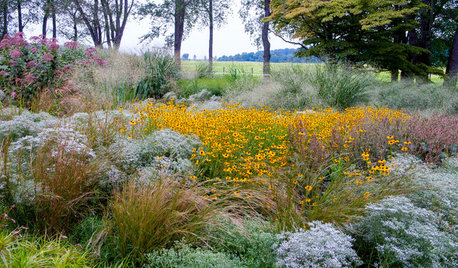
GARDENING GUIDESThe Surprising Ingredients Every Good Garden Should Have
See what to do — and not do — for lasting rewards in your landscape
Full Story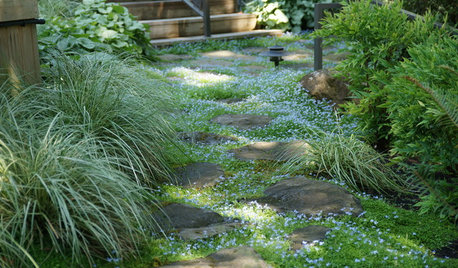
LANDSCAPE DESIGNWhy the Art of Restraint Is So Good for Your Garden
Drifts of naturalized plantings offer the perfect inspiration for your home landscape
Full Story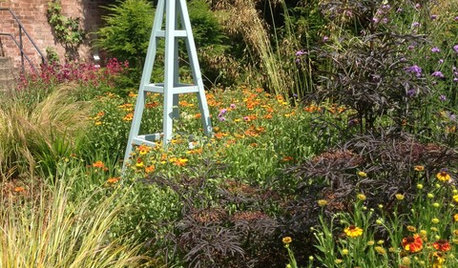
PLANTING IDEASModern Planting Ideas From a Historic English Garden
Low-maintenance, climate-fitting plants are just the beginning of the good things in this bishop’s updated garden
Full Story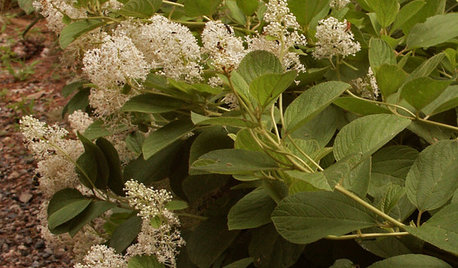
GARDENING GUIDESGreat Design Plant: Ceanothus Americanus
Thriving in lean soil and attracting the good bugs, New Jersey tea is a boon to full-sun areas of the garden
Full Story






GreatPlains1
bostedo: 8a tx-bp-dfw
Related Professionals
Foothill Ranch Landscape Architects & Landscape Designers · Manorville Landscape Architects & Landscape Designers · Harvey Landscape Architects & Landscape Designers · Cordele Landscape Contractors · Harvey Landscape Contractors · Melrose Park Landscape Contractors · River Ridge Landscape Contractors · Siloam Springs Landscape Contractors · Spring Landscape Contractors · Palos Heights Landscape Contractors · Madison Window Contractors · Holly Hill Window Contractors · Sayville Window Contractors · University City Window Contractors · Elkridge Window Contractorswexy1000Original Author
roselee z8b S.W. Texas
User
bostedo: 8a tx-bp-dfw
roselee z8b S.W. Texas
tx_ag_95